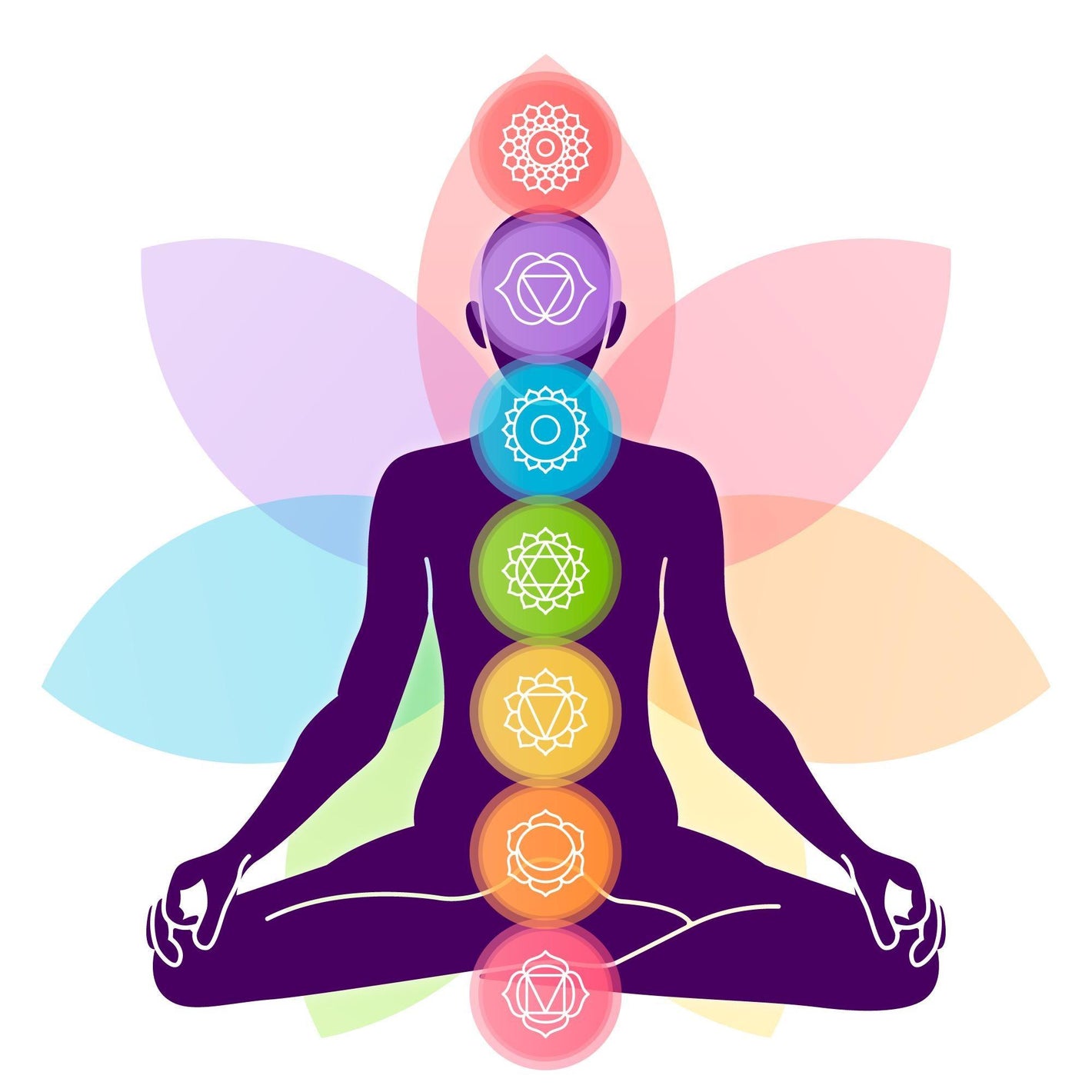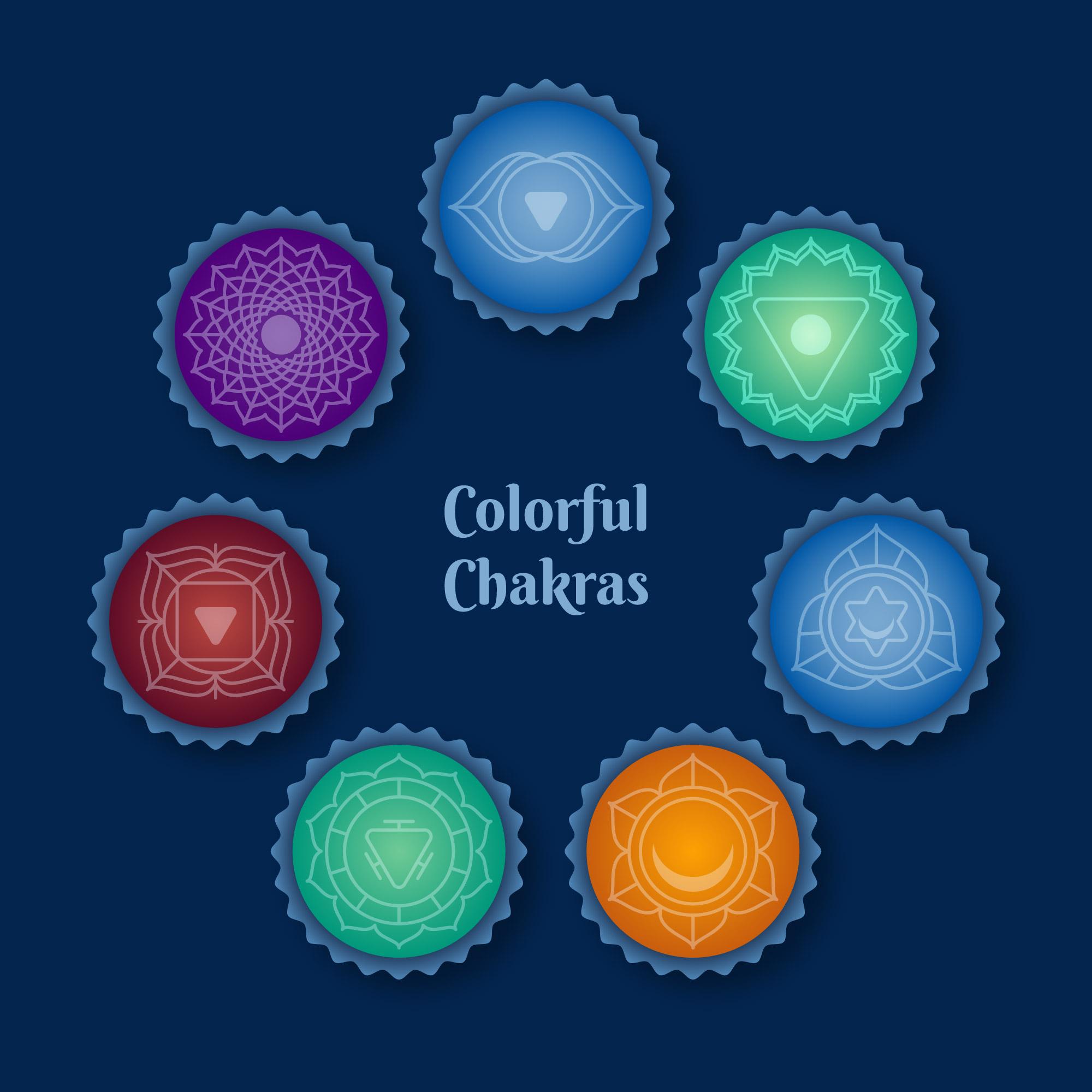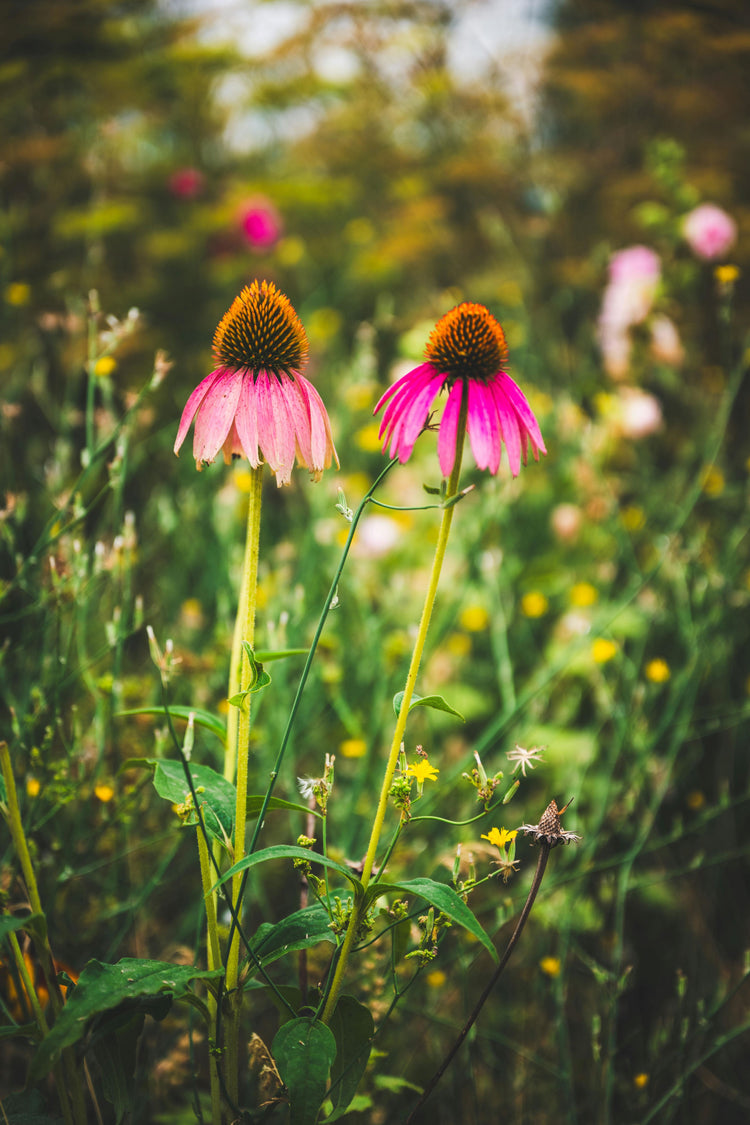Solar Plexus: Functions, Chakra & Health Impact


The concept of the chakra system has its roots in Indian spiritual traditions, specifically the tantra and yoga. In this system, chakras are the human body's energy centres (pranas) and are related to specific emotional, spiritual, and physical qualities. The alignment and balancing of these chakras through meditation, yoga, and visualisation promote harmony and balance within the mind and body.

The Solar Plexus Chakra, or Manipur Chakra, is the 3rd Chakra in the seven chakra system. According to Indian philosophy and spiritual traditions, the solar plexus chakra is linked to confidence, self-assertion, self-esteem, and personal power. It allows a person to make decisions with fully engaged inner wisdom. The imbalances of this Chakra are believed to cause a loss of direction, self-doubt and a strong feeling of insecurity.
This article provides an overview of the solar plexus chakra, its features, signs, and symptoms of imbalance, and how to regain its balance using meditation, self-affirmations and yoga poses.
Manipura derives from 'mani', a shining gym, and 'Pura', which means place. So Manipur implies a place of shining gym. According to Indian spiritual traditions, fire is the most shining element of life, and the Solar Plexus chakra is its centre. Therefore, the term Manipura chakra, or place of fire, is used for this chakra. Solar plexus chakra is located just four fingers breadth above the navel, just under the rib cage. Its precise location is on the straight line from the navel to the end of the sternum.
According to Indian Ayurveda and spiritual traditions, the third energy centre of the body causes the spread of fire elements in the body, resulting in warmth, energy and light. Samana prana or samana vayu, the vital energies recognised in Ayurvedic and yogic traditions that control the digestion, absorption and distribution of nutrients, are controlled from this centre. The attributes of this third chakra are aggression, ego, willpower and intellect.
The main features of solar plexus chakra are fire, colour and emotions.
Fire or Agni is symbolically linked to the solar plexus chakra as it represents natural power, energy and transformation, which is traditionally linked to the third chakra. Fire is a traditional symbol of vitality and purification. In Ayurvedic traditions, the 3rd chakra is connected to the digestive fire that is responsible for digestion and food processing. The proper balance of this chakra supports a healthy digestive system.
The Chakras get their colour from the elements surrounding them. Yellow is associated with fire and thus is the representative colour of Solar Plexus Chakra. It symbolises a connection with the sun and fire and represents intellect, energy, rebirth, new beginnings, youth, intellectual persistence and knowledge.
As the astral and physical centre of the body, the solar plexus chakra attracts the prana energy and manages it to balance the mind and body. Excessive prana due to blocked and imbalanced solar plexus chakra energy causes impulsive reactions in aggression and anger. Besides these emotions, they control self-confidence, discipline, assertiveness, willpower, clarity, and intellect.
All these functions are reversed as soon as this centre becomes surrounded by negative energy, resulting in a loss of self-control and poor self-esteem.

In Indian cultural and spiritual traditions, the sun is the primary source of fire that reaches us in the form of heat. Food is another source of energy as it absorbs sunlight. The fire causes the activation of prana & mana, the vital life forces required for metabolism and digestion. The balance of this energy is essential for proper digestion and absorption of nutrients.
The fire elements ignite the light of self-motivation and self-consciousness, which motivates a person to strive towards success and improves self-worth, inner strength, and resilience. It is responsible for the happiness and love we feel in our hearts, and imbalances cause fearfulness, weakness and inertia. However, focusing too much on the third Chakra causes burnout.
A shortage or imbalance of the prana and samana results in too fast motion of the chakra. The over-accumulation and lack of freshness cause the opposite signs. The imbalance or block manifests as several emotional and physical issues.
As its location is very close to the digestive organs, the imbalance results in digestive health issues. The physical symptoms of blocked solar plexus chakra are;
The emotional signs associated with the imbalanced or blocked Solar Plexus Chakra are;
Opening and cleansing the yellow Chakra makes a person a better leader and helps him to follow life's dreams. The healing techniques involve meditation, affirmations and different yoga poses. The best ways to realign the energy systems and clear the blockages in the Solar Plexus Chakra are:
During meditation, all energy of the body is focused on the blocked Chakra and the energy is driven to the navel by positioning the head in Agni mudra and chanting the ‘Ram’ mantra. Additional techniques like pranayama breathing which involve controlling the breathing in different lengths and styles makes a person sink into a deeper state of concentration and focus.
The chakra affirmations are the positive phrases or statements about personal power that are repeated in the heads, aloud, or written down on paper. Repetitions of these positive phrases reverse the negative thoughts and induce the constructive ones.
The common phrases to try are: I am powerful, confident and calm; I'm secure and safe; I'm ready to face challenges; I'm motivated to achieve my goals; I'm capable and ambitious; I learn from past mistakes and let them go; I must control my responses to different situations, I can change my life positively, I've enough personal power, I'm open to accepting new ideas, I'm courageous, and I don't need the approval of others.
As fire is the essential element of Manipura Chakra, the sun's energy is used to balance and heal this energy. Performing different sun salutations or solar plexus chakra poses in front of the sun helps restore it and regain emotional stability. Visualising the sun and feeling its power and warmth is worthwhile if someone cannot go outside.
The yoga poses that promise to reignite the inner fire, remove the blockages and boost physical and emotional well-being are;
In the yogic literature, Paschimottanasana or Classical Forward Bend is among the best yoga poses for improving digestion. This pose restores the functions of the intestines, liver, spleen and pancreas and improves the blood circulation in the gut region. It enhances the nutrient absorption, prevents constipation and eliminates toxins from the body.
 The procedure of Classical Forward Bend or Paschimottanasana goes as follows;
The procedure of Classical Forward Bend or Paschimottanasana goes as follows;
The Upward Plank Pose is a superb backbend that strengthens the wrists, hips, arms and shoulders. Practising it as a part of yoga asana programs helps stimulate the solar plexus chakra and improve the pancreas, liver, spleen and gallbladder functions.

The procedure of Upward Plank Pose or Purvottanasana goes as follows;
In the cobra pose, a curve or bow is created with the spine to strengthen the lower back and improve the elasticity. Adding this pose to the regular yoga routine is an effective way to heal the solar plexus chakra and balance the gallbladder, stomach, pancreas, spleen and liver functions.

The procedure of Cobra Pose or Bhujangasana goes as follows;
These poses are mentioned as guidelines. Many other yoga poses stimulate the solar plexus chakra. Moreover, not all poses are suitable for everyone. The best practice is to consult the yoga trainer for a customised training program.
These traditional practices don’t work for everyone; some need medical support. Welzo is your complete healthcare partner and takes care of all your needs. Read our article titled ‘How to Use Welzo Store’ to learn how to add Welzo to your lifestyle to boost health and wellness.
The solar plexus or celiac plexus is a radiating ganglion and nerve centre. It is present in the pit of the stomach and is part of the sympathetic nervous system. It controls the functioning of the adrenal glands, liver, kidneys and stomach.
The solar plexus disorder or celiac syndrome is a frequently seen nonorganic abdominal disorder characterised by a 'lambda-type' tenderness and epigastric pain. Indian Ayurvedic traditions attribute all digestive illnesses to the blocked and imbalanced Manipura chakra.
The traumas linked to the Solar Plexus Chakra are tyranny and powerlessness. The person with a blocked or imbalanced solar plexus feels powerless and unable to shape destiny and influence events.
Security and money are primarily controlled by the lower chakras: the solar, the sacral and the root. Its imbalances are related to the issues with spending money.
The solar or celiac plexus is an anatomical structure with many radiating nerves. It is located in the abdomen close to the celiac trunk. The claims about the influence of solar chakra on physiology and psychology are highly debated.
Yoga is often portrayed as a pseudoscience, particularly for those areas of the body where it causes no benefits or benefits that are not different from other exercises. There is, however, a solid scientific backing to various yoga techniques as these techniques involve variable stretching of different body parts.

The solar plexus chakra, or Manipur chakra, is the centre of Agni or fire, one of Ayurvedic philosophy's five essential elements (Pancha Mahabhutas). The fire burns the negativity and sustains and improves positivity. A balanced solar plexus chakra signifies emotional, physical and mental wellness. Practising meditation, self-affirmations, and different yoga poses balances this energy centre to promote longevity and success.
Are you ready to enhance your physical and emotional wellbeing? If yes, schedule a consultation with Welzo today by booking a Private GP Appointments Online and explore how different medicinal and traditional healthcare approaches can support your health and wellbeing.









